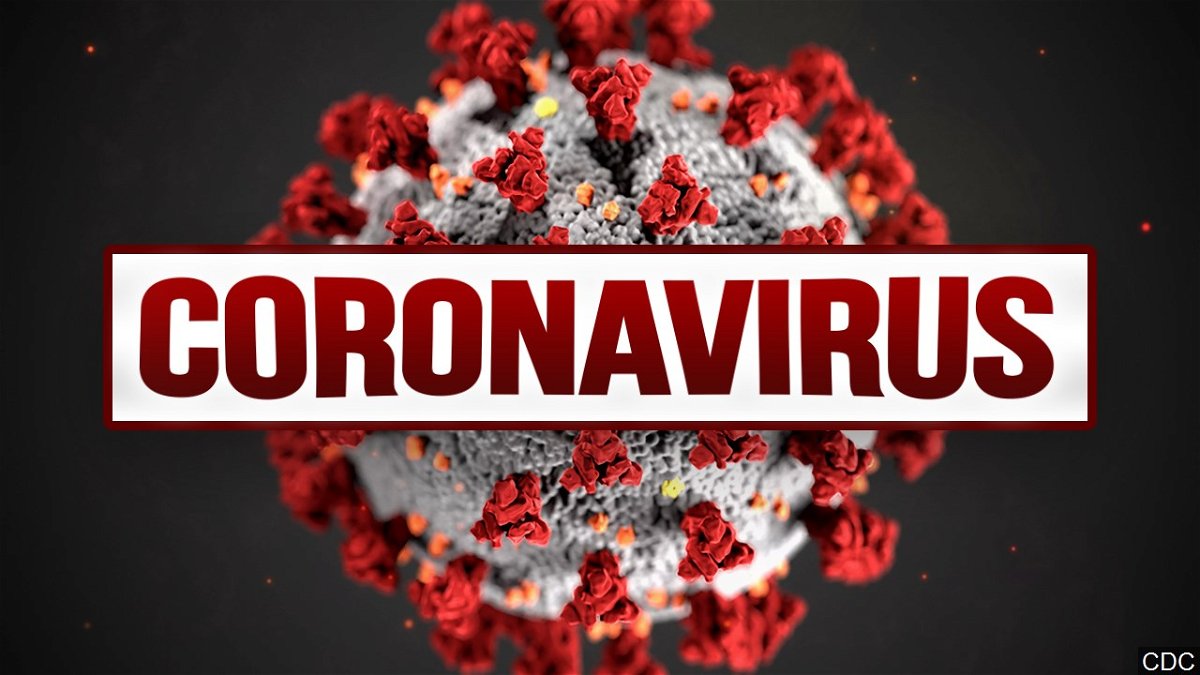Community transmission of COVID-19 identified in Teton County, more cases in Custer and Bonneville Counties

SOUTHEAST IDAHO (KIFI/KIDK) - Eastern Idaho Public Health (EIPH) is reporting three new cases of COVID-19 - one in each of the following counties: Custer, Bonneville, and Teton (community transmission identified).
These three new cases bring the total COVID-19 case count in EIPH’s jurisdiction to 16.
Custer County: EIPH received a report of a positive COVID-19 test result on 3/31/2020. This individual had close contact with a person who previously tested positive for COVID-19. This individual is currently hospitalized.
Bonneville County: EIPH is reporting a positive COVID-19 test result for a male under the age of 18. This case is associated with travel outside of the State. This individual suffered from mild symptoms and has recovered at home.
Teton County: EIPH is reporting a positive COVID-19 test result for a male in his 50s. This man is hospitalized and has an underlying medical condition. The case has no recent travel history or contact with a confirmed COVID-19 case. Therefore, officials are identifying this case as community transmission of COVID-19---the first confirmation of this in the county.
Community transmission means the spread of illness for which the source of the infection is unknown and cannot be connected to travel or close contact with a person who tested positive for COVID-19. In addition to Teton County, community transmission of COVID-19 has been identified in our health district (Madison and Jefferson Counties), neighboring jurisdictions (Bingham County), and adjacent states (Wyoming, Montana, Utah, Oregon, and Washington). Community transmission of COVID-19 knows no borders. Once community transmission occurs, the assumption is that the virus that causes COVID-19 will be everywhere, sooner than later.
“As we have watched the progression of this pandemic across the nation and Idaho, we knew that at some point we would experience community transmission. This is where the Governor’s Stay Home order really comes into play to help us slow the spread. If you have not been taking this matter
seriously, today is the time to understand the gravity of the situation,” stated Geri Rackow, EIPH Director. “Right now, we are not going to be able to stop the virus—it is going to continue spreading throughout our communities. If you get sick, assume you have COVID-19. In order to slow it down, and not overwhelm our healthcare providers and hospitals, everyone needs to stay home at the first sign of even the mildest of symptoms to help prevent it from being spread to others. However, always
remember to seek medical attention for severe symptoms—whether it is COVID-19 related or not. We don’t want people delaying medical care when it is appropriate and putting themselves at further risk.”
Due to limited testing supplies nationwide, testing for COVID-19 has been prioritized for specific populations. This, coupled with community transmission of COVID-19, makes it even more urgent than ever to follow the recommendations of public health which include:
- Following the Stay at Home order, which was announced by Governor Brad Little on Wednesday, March 25. A copy of the order can be found here: www.EIPH.Idaho.gov.
- Practicing social-distancing (maintaining at least 6 feet between individuals), avoiding crowds of any number, and eliminating all non-essential travel, as detailed in the order.
- Staying home when sick even if your symptoms are mild. A symptom monitoring checklist and Decision Tree was recently developed to help people and/or employers determine what they should do if they are experiencing symptoms of COVID-19 or have been primarily or secondarily exposed to a person with COVID-19 symptoms. A copy of these documents can be found here: www.EIPH.Idaho.gov. This monitoring tool can be used daily by everyone to assess their health during this pandemic.
- Covering your coughs and sneezes with a tissue, avoiding touching your eyes, nose, and mouth with unwashed hands, cleaning and disinfecting frequently touched objects and surfaces, washing hands often with soap and water for at least 20 seconds, using hand sanitizer, and avoiding close contact with people who are sick.
- Individuals at an increased risk of severe illness (older adults and people with underly




